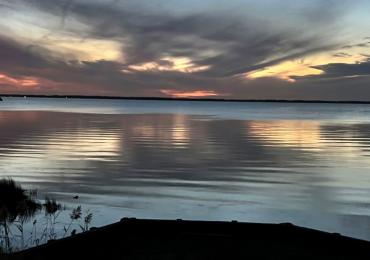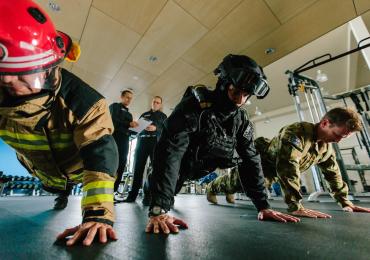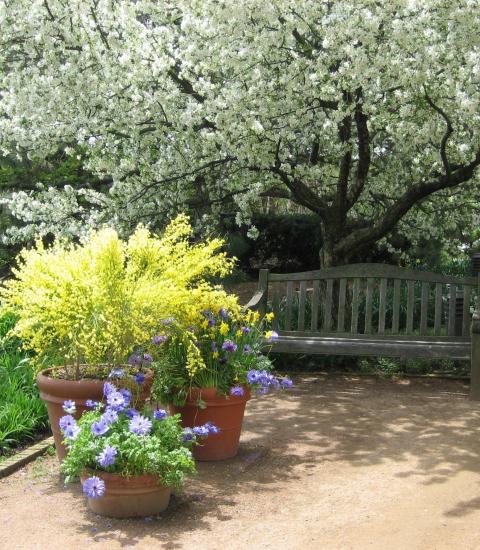
The prospect and refuge theory was first introduced by geographer Jay Appleton in 1975. The basic premise of the theory is that it is basic human nature to seek places that provide a sense of enclosure from which to see out, but not be seen. Deconstructed, prospect means to see and refuge means to not be seen. If you extrapolate this idea to our hunter gatherer days, while on a hunt it was critical to see and observe, but not be seen by the prey one was seeking. If our hunting target, say a wild boar, could see the hunter, there was increased risk the hunter could be harmed by the boar or the boar to seek cover and thereby not be hunted; thus becomes a lack of food source. Prospect and refuge provided protection and a means for survival.
Today in the design world, prospect and refuge has taken on a different, yet equally important interpretation. We look at prospect and refuge not as a matter of survival, but as places that imbue a sense of enclosure and perceived safety. When we feel safe the two branches of our autonomic nervous system can take us from being in a state of fight, flight, or freeze (sympathetic nervous system) to a state of rest and digest (parasympathetic nervous system). I am in no way meaning to oversimplify and intimate that prospect and refuge (spaces) are the antidote to an activated sympathetic nervous system. The process of returning to a state of homeostasis is complex and involves more than a space or place but being in a place that is rich in prospect and refuge can certainly help alleviate a sense of fight, flight, or freeze. Ready to unpack this?
Think about how you feel when you are working at a table that is tucked into a corner at a coffee shop that is flanked on either side by walls. No tables are behind you. While there are likely tables off to the side and in front of you, nothing is behind. Contrast this to being on the outer perimeter of the tables close to the entrance of the coffee shop. What might feel safer to you? The tucked in corner, right? You can easily see out, but perhaps not as easily be seen by others.
Deeper diving and sticking with indoor prospect and refuge examples, we are starting to see architects create small niche or vestibule spaces for people to use at offices and other commercial buildings. These small spaces are intentionally sited to allow users to look out but not necessarily to be readily observed by others. Being in a semi enclosed space like this offers a sense of comfort and calm. If you are or have worked in an office space, did yours provide such an opportunity? If not and when and if life takes you back to an office, can you think about how you might create a DIY type of prospect and refuge space? Perhaps you could find a cozy spot and erect side walls. If the walls could be made from wood, you have enhanced the biophilic feel, adding the health promoting nature benefits to the space. Furnished with a simple chair and rug, it might be just the space to go when you need to decompress.
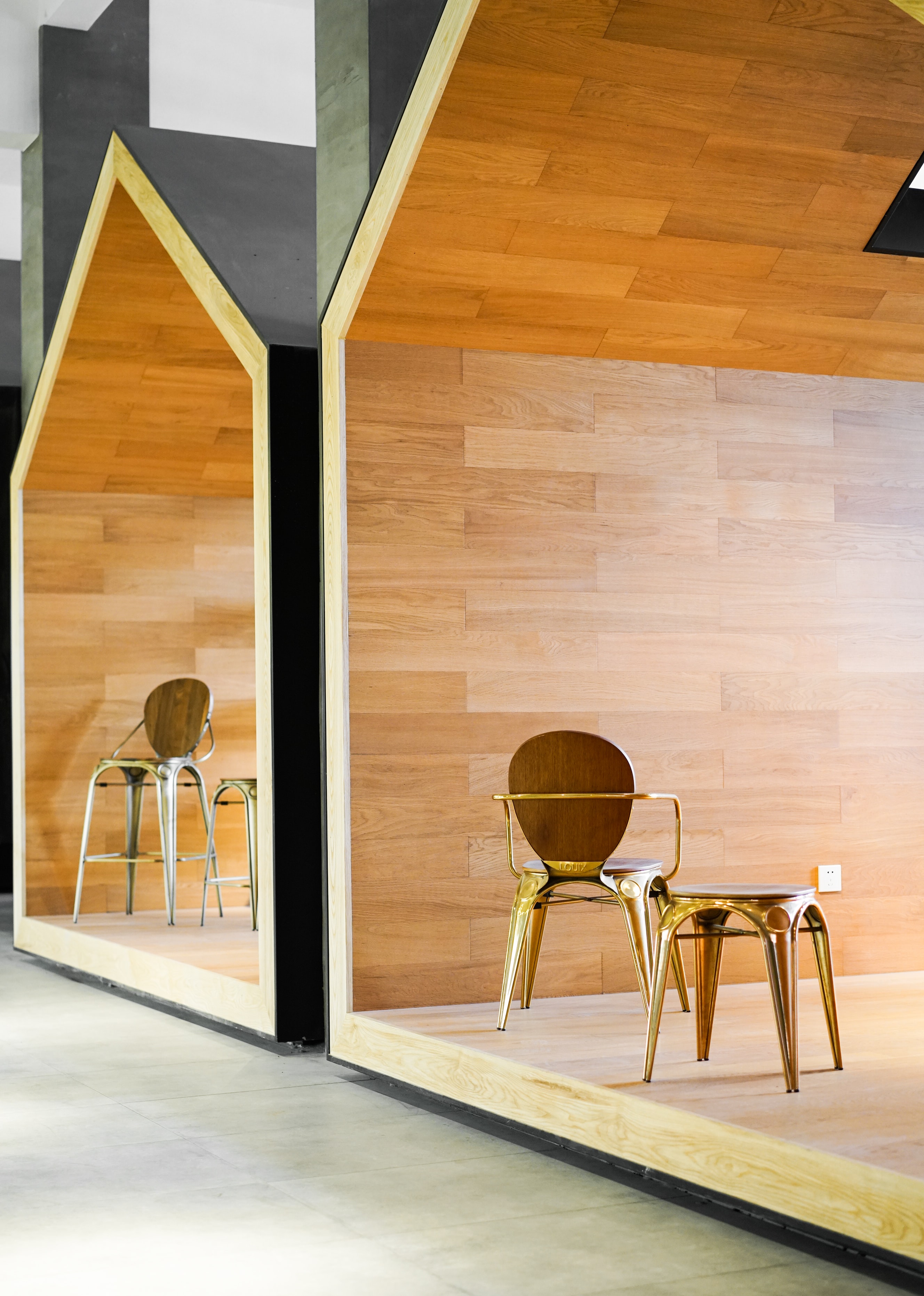
Outdoors the capacity to create prospect and refuge is almost endless. Often a feature in healing and sensory gardens, they are spaces to take a break, to retreat into, to seek comfort and to regulate. For individuals with autism and those with PTSD, prospect and refuge spaces are critically important.
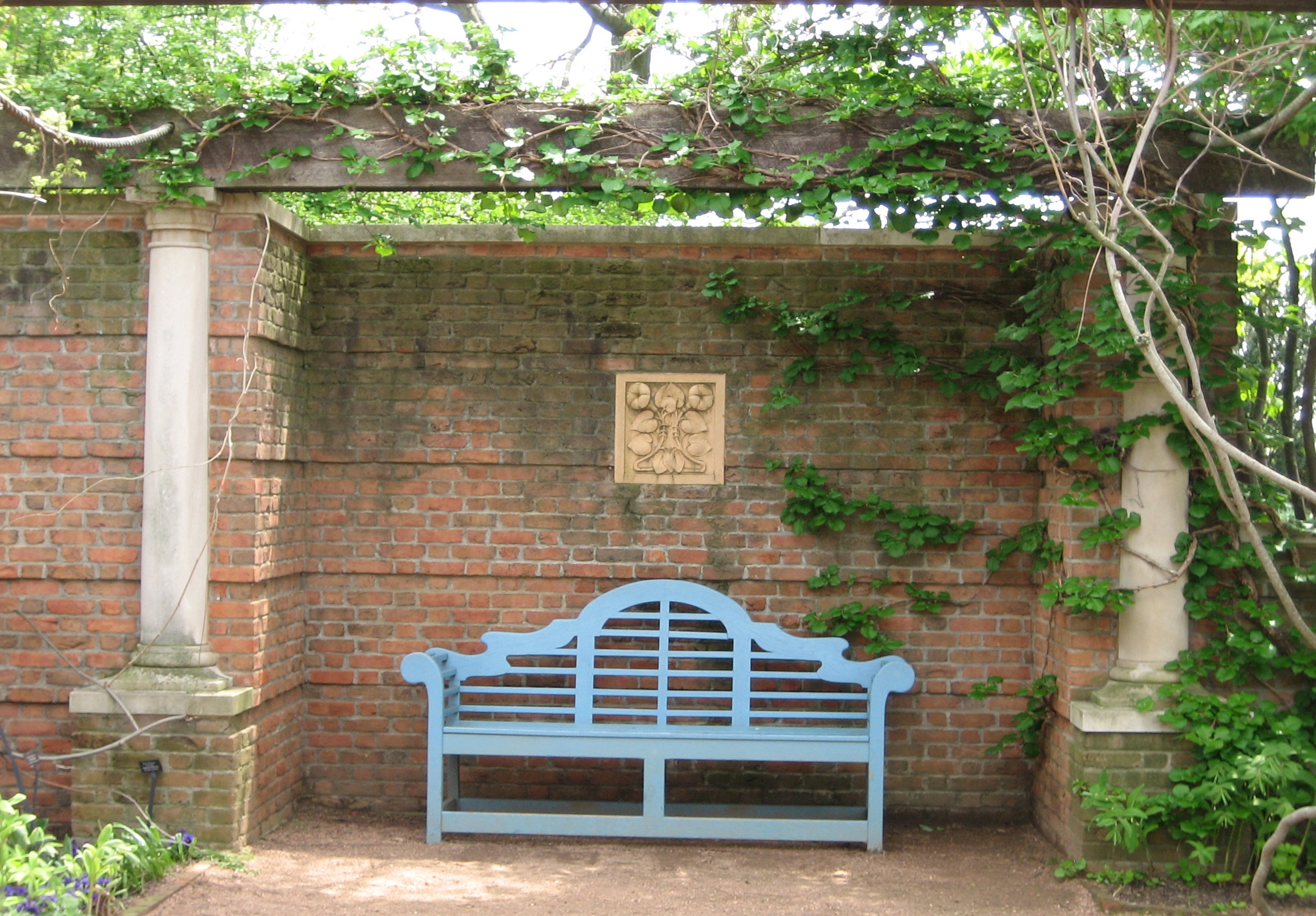
The next time that you are in an office space, a public building, or any kind of outdoor space, challenge yourself to find spaces that offer prospect and refuge and either physically enter these spaces or imagine yourself there. How do they make you feel?

